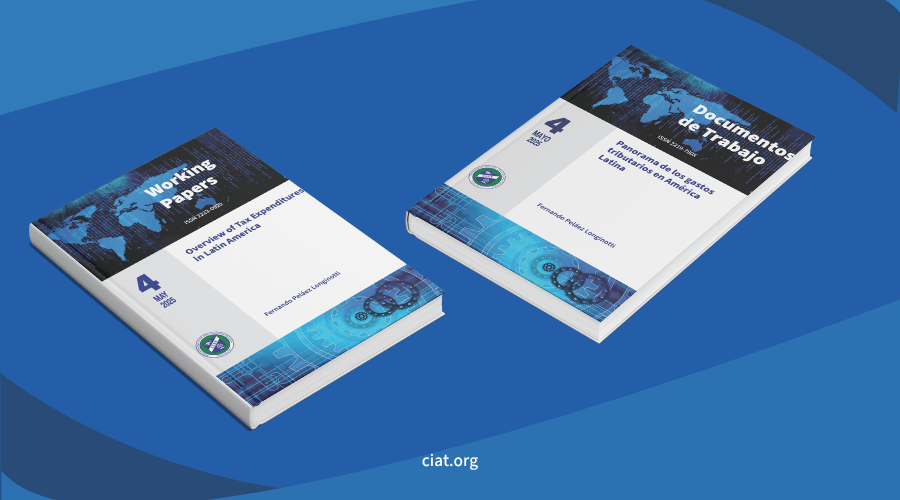Overview of Tax Expenditures in Latin America

Tax expenditures are a key component -although often not very visible- of tax policies in Latin America. They are incentives, exemptions and preferential treatments established in tax legislation, which reduce the tax burden of certain taxpayers to achieve specific economic or social goals. Their magnitude is relevant and, in many cases, comparable to direct public spending. For this reason, their detailed analysis is essential to improve fiscal transparency, accountability and the quality of tax design.
The CIAT Directorate of Tax Studies and Research has updated the TEDLAC database (Tax Expenditures Database for Latin America and the Caribbean), a CIAT tool that gathers and organizes the official information available on Tax Expenditures in 18 countries of the region, based on the most recent national reports. TEDLAC systematizes more than 17,000 records of current measures, allowing multiple levels of comparative analysis.
Based on this TEDLAC update, we prepared a new edition of the Panorama of Tax Expenditures in Latin America (Coming soon in English), which presents an exploratory analysis of the phenomenon in the region. In the study we address the distribution of expenditures by type of tax, nature of the benefit or incentive, economic sectors benefited and their relative weight in the Gross Domestic Product of each country. We also review the main methodological challenges in the preparation of national reports and highlight good practices that can contribute to greater harmonization and technical soundness.
The countries analyzed have an average tax expenditure of close to 4% of GDP, which is equivalent to approximately 25% of their potential tax collection. Although these figures reflect a significant magnitude of the phenomenon, there are also marked differences between countries in terms of coverage, methodology and results. More than half of total tax expenditures are concentrated in General Sales Taxes, while, from the point of view of the instruments used, more than 70% is channeled through exemptions. However, there is also a widespread use of reduced rates, tax credits and certain deductions, which serve both as social benefits and economic incentives.
A more transparent fiscal policy requires complete and accessible information on all components of public spending, including those that operate through the tax system.
This publication seeks to contribute to this objective by providing evidence for technical analysis and informed debate. We invite all interested persons to read the full document and explore the TEDLAC database, both of which are available to all on the CIAT website.
4,641 total views, 12 views today
